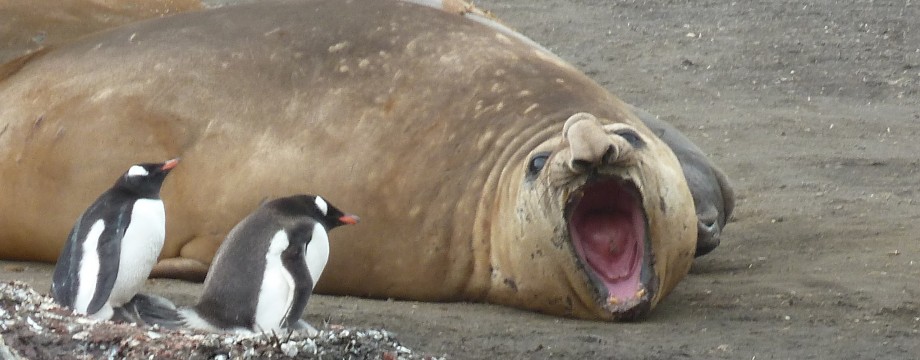It's not every day that you visit your family's former castle so the four of us were really looking forward to it. I scribbled about sixteen pages of notes during our visit, but I'll spare you the minute details and give you the highlights instead.
Delgatie Castle is on the edge of Turriff in northeast Scotland. Construction has taken place over centuries but the oldest structure dates back to about 1049. The main part is from 1579 and significant additions happened in the seventeenth to nineteenth centuries.
The Hay clan, which has absorbed the Delgatie clan, owned the castle from the early fourteenth century until the late nineteenth century. Captain John Hay was the last owner of the castle. He bought the castle and its 550 acres for £1,800 shortly after his first visit in 1949. At the time, the castle was in such a state of disrepair that architects insisted it was beyond saving. Captain Hay ignored them and began restoring the castle himself. He put in his own touches along the way, like adding his name and his wife's name to the decorative gate outside. Before his death, he set up a charitable trust which today oversees the castle.
The castle is a hodgepodge in terms of architecture and the artifacts on display. Most rooms have a written explanation of its items and any interesting features of the room itself. These explanations were all written by Captain Hay. I got the impression he was rather taken with himself so there may be a two paragraph story behind a mounted rhino head or a detailed description of an enormous portrait of him and his wife gifted by the French government but no mention whatsoever of a room's purpose or history. We certainly wondered about some of the glaring gaps in his history. For example, I'm curious to know why my ancestors were apparently quite taken with unicorns.
Mary Queen of Scots stayed at the castle in 1562 for three nights after the Battle of Corraiche. While the castle's chapel was being restored, they discovered a portrait of Mary Queen of Scots. It is one of just nine portraits known to exist of her (visible in the photo immediately below on the far right).
In 1912, a young girl named Rachel who lived in the castle dreamed there was a skeleton in the wall. Her parents indulged her and dug into a wall, finding a skeleton in a crouched position with pieces of black cloth. It is thought the skeleton is of Joseph Hay, a monk at the time of The Reformation. He refused to flee to France as many others did and stayed at home, thereby allowing his family to continue practicing Catholicism. Upon his death, he could not be buried outside so his family would have had to bury him in the wall. Since his remains were exposed, there were many reports of his ghost haunting the castle until a priest eventually came and preformed an exorcism.
During World War II, the military used the castle as a barracks. Men claimed to have seen the ghost of a red headed woman in one particular room. The woman's name was Rohaise and family legend claims she helped defend the castle against the Danes during the Battle of Luncarty in 973. This is an example of a lapse in Captain Hay's history: in the room, Rohaise appears wearing a wedding dress but there is no explanation of why this is.
While Captain Hay was busy restoring the castle, he arranged a suite of two room for the Dauphine de Bourbon et les deux Ceciles, thinking it was for the prince and his two sisters (both of whom he must have believed were named Cecile?!). It turns out there were no sisters as the prince's full title was, unusually, Bourbon et les deux Ceciles.
Though noticeably worn, the staircase is exceptionally wide at over five feet.
We had a cozy lunch in the tea room.
The estate once measured 32,500 acres but most of the land has been sold off over time. We didn't see all 550 of the remaining acres but we did explore the grounds and its lovely, small pond with water lilies.





















